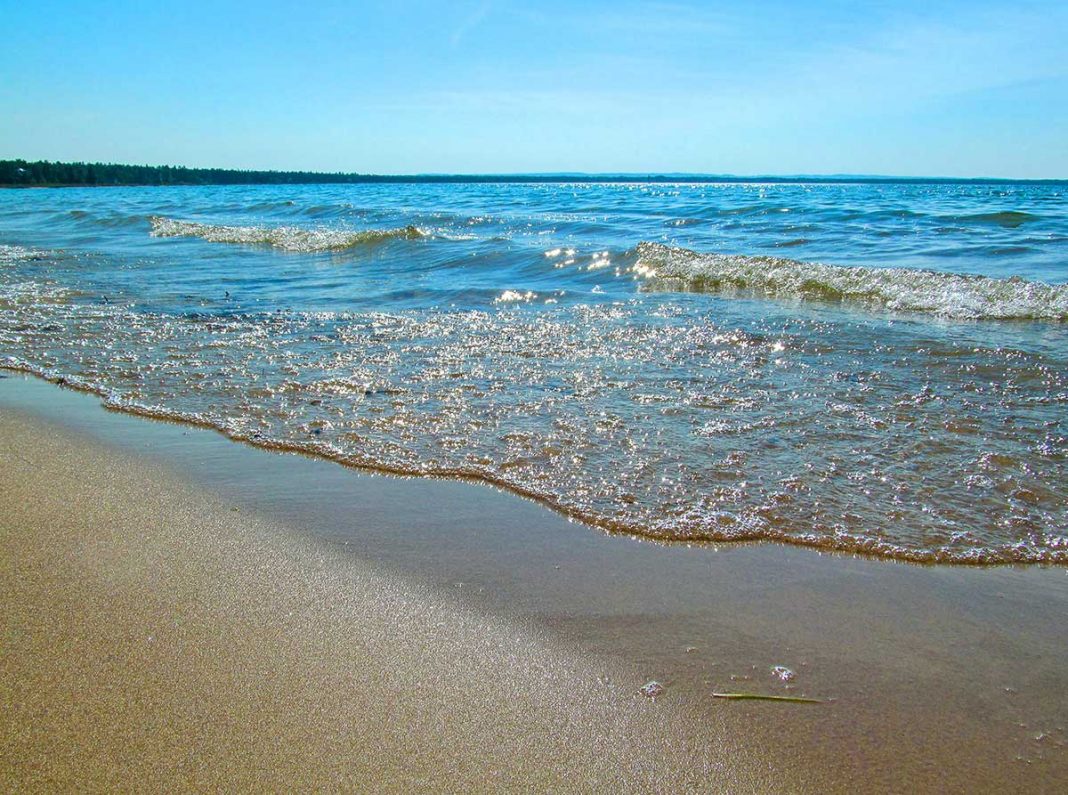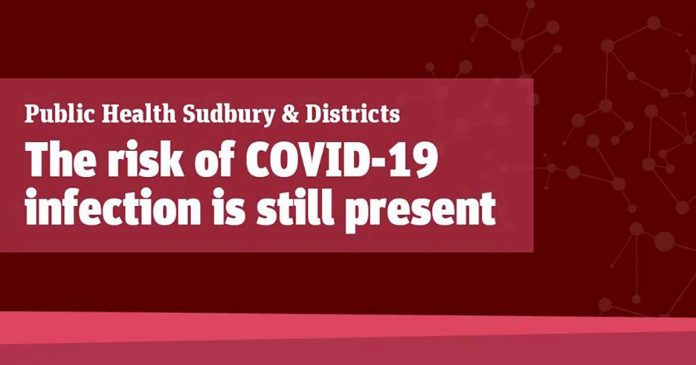Claims fisheries will suffer from inaction at controls at St. Clair River’s outflow
MIDLAND – There is no mistaking the frustration in the voice of Georgian Bay Great Lakes Foundation (GBGLF) chair Mary Muter as she discusses the latest challenges in dealing with the International Joint Commission (IJC), the agency that oversees the joint waters of the US and Canada.
“We’ve had enough,” said Ms. Muter, pointing out that the range of water levels inflicted on the Great Lakes ranges from six to seven feet. “Wetlands thrive when that range is between five and five-and-a-half feet. We lost huge wetlands habitats because now those wetlands are flooded.”
While the wide range in water levels may bedevil shoreline communities, for small fish they are a matter of life and death. “The little fish are getting eaten,” she said. “They have nowhere to hide. This will have a huge impact on the fishery in Georgian Bay.”
The GBGLF alleges that the current high water situation afflicting the Great Lakes, and particularly Lake Huron/ Michigan, is directly linked to the mishandling of the outflow rate from Lake Superior into Lake Huron at Sault Ste. Marie and that agency’s and the Ontario government’s ongoing foot dragging in dealing with the flows through diversions into Lake Superior and thus to Lakes Michigan/Huron/Georgian Bay.
Ms. Muter noted that the IJC has boasted of substantially increasing the outflow from Lake Superior while saying it is the lowest since 2013, while at the same time refusing to even take depths measurements in the St. Clair River to assess conveyance change and the river’s flows, let alone take action to mitigate and manage those flows.
Ms. Muter notes that the combined impact from this past year’s increased outflow from Lake Superior into Lake Huron and the outflow through the St. Clair River and Chicago diversion have resulted in water levels on Lake Huron being significantly higher this year than they need to be. But if they reduced the diversions into Lake Superior and discharges from Lake Superior they could lower MH/GB levels by 8 inches. That would make a big difference for the flooded wetlands and shoreline ongoing damages.
That estimate comes from studies utilizing the IJC’s own data and conducted by a highly qualified hydrologist.
The excuse given for increasing the flow from Lake Superior was a concern that ice could get into the intake of the hydro power generators. The requirement behind the water flow policies is supposed to be balancing interests between upstream and downstream interests, noted Ms. Muter.
“This is unacceptable,” said Ms. Muter. “I mean, excuse me, wetlands flooding don’t take priority over the remote possibility of a blocked hydro power generator?”
Ms. Muter pointed out that the decision to mitigate ice formation was taken based on guesswork, a might-happen event, as opposed to a clear and present danger to fish habitat (not to mention the Lake Huron/Lake Michigan shoreline communities).
Adding to the frustration is the stonewalling from the IJC and the US Army Corps of Engineers (USACE) when it comes to providing information and minutes of the meetings where the Coordinating Committee decisions were made.
The excuse initially given for refusing a formal request for information application was concerns about diplomatic immunity, but Roger Gauthier (former head of hydrology USACE Detroit and now Chair of Restore Our Water International) , a three-decades-long member of the Coordinating Committee , noted that the Coordinating Committee meetings were initially set up outside of the IJC to specifically avoid just such a concern.
Still, the USACE has indicated just such a concern and has replied that it must send the request to various agencies for comment.
“They are supposed to respond within 21 days,” said Ms. Muter. “It has been three months now. You can’t help but wonder just what it is they don’t want us to see.”
The lack of media coverage of the issue is also frustrating, she admits, but Ms. Muter did note that the issue is tremendously complex and difficult to put into a 30-second sound bite. “And the government is using COVID to hide behind and as an excuse to not do anything about it.”
The unfortunate thing is that the Great Lakes wetlands have been hit with a double whammy over the past several decades, notes Ms. Muter. Flooding in the 1980s hit the wetlands much as it has today, then low water dried up the wetlands, devastating aquatic flora and fauna and now flooding is hitting the wetlands again—and the impact on the fishery is devastating, while governments on both sides of the water sit on their hands, she added.




